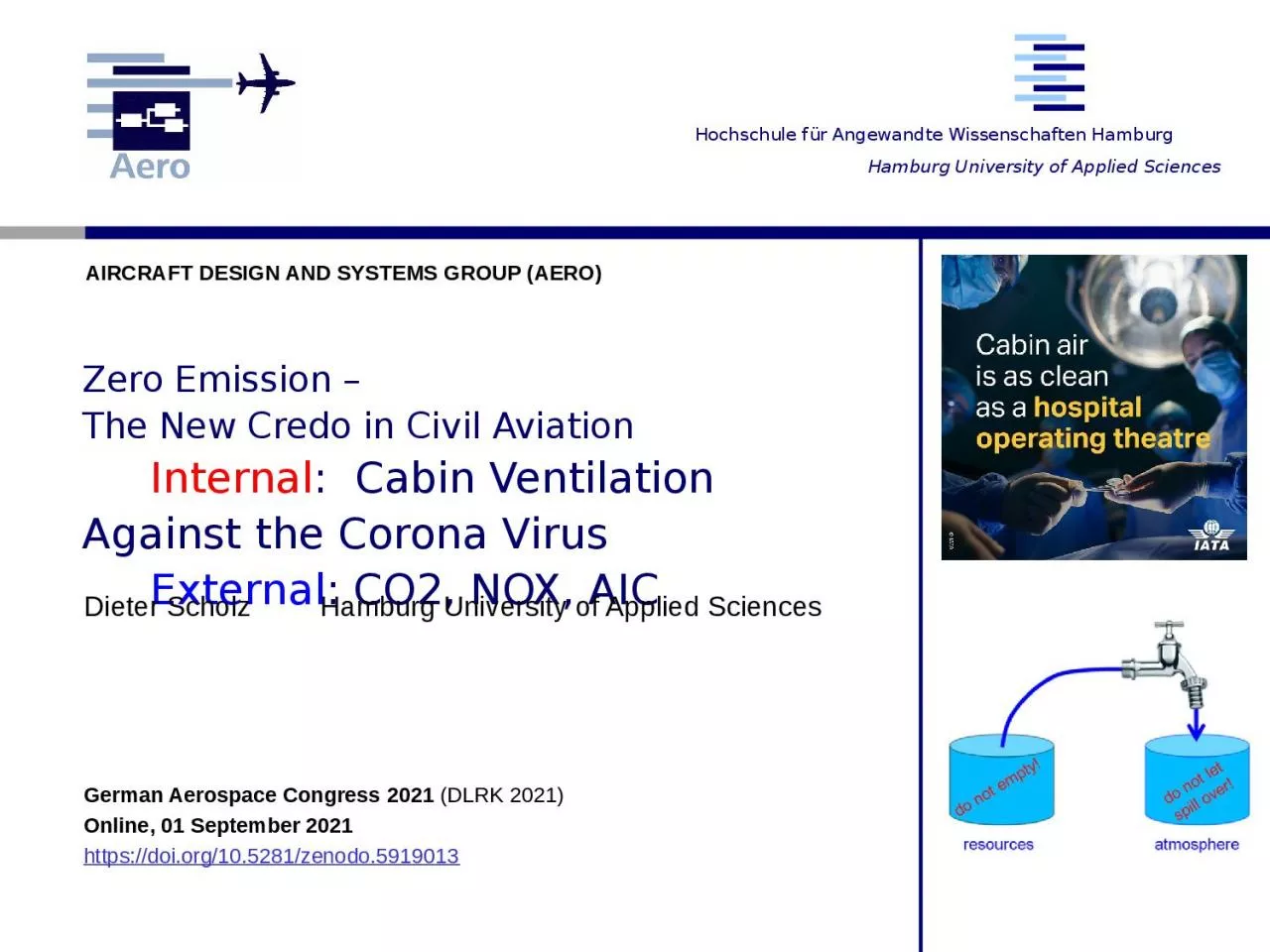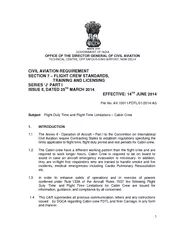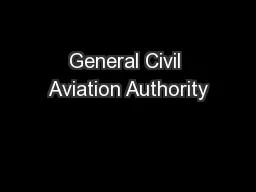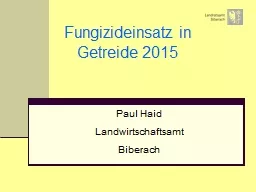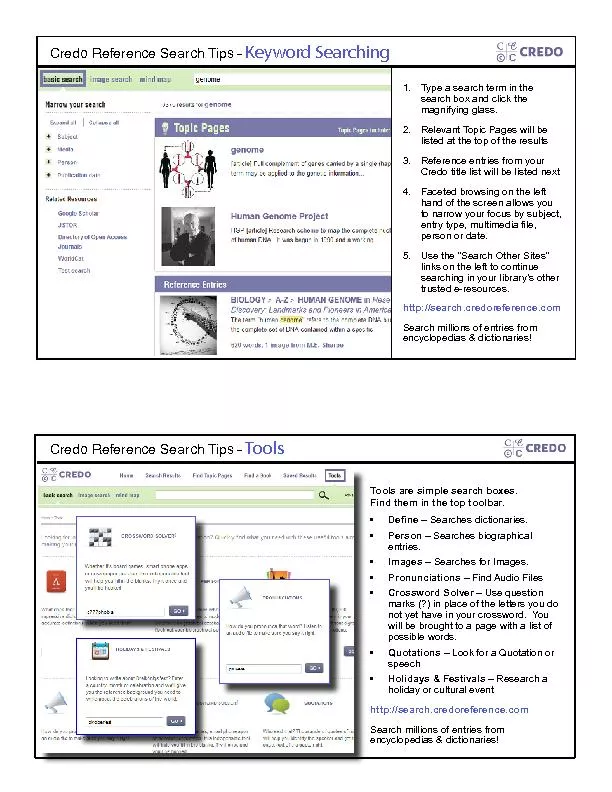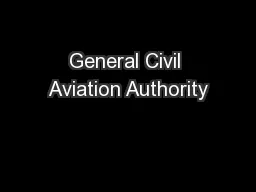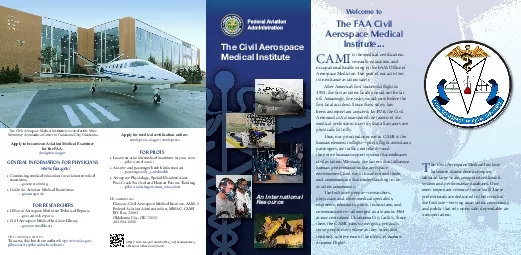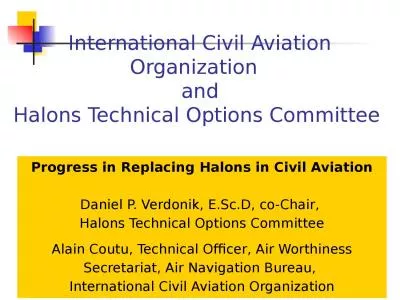PPT-Zero Emission – The New Credo in Civil Aviation
Author : scarlett | Published Date : 2023-11-06
Internal Cabin Ventilation Against the Corona Virus External CO2 NOX AIC Dieter Scholz Hamburg Universit y of Ap p lied Sciences German Aerospace Congress
Presentation Embed Code
Download Presentation
Download Presentation The PPT/PDF document "Zero Emission – The New Credo in Civi..." is the property of its rightful owner. Permission is granted to download and print the materials on this website for personal, non-commercial use only, and to display it on your personal computer provided you do not modify the materials and that you retain all copyright notices contained in the materials. By downloading content from our website, you accept the terms of this agreement.
Zero Emission – The New Credo in Civil Aviation: Transcript
Download Rules Of Document
"Zero Emission – The New Credo in Civil Aviation"The content belongs to its owner. You may download and print it for personal use, without modification, and keep all copyright notices. By downloading, you agree to these terms.
Related Documents

